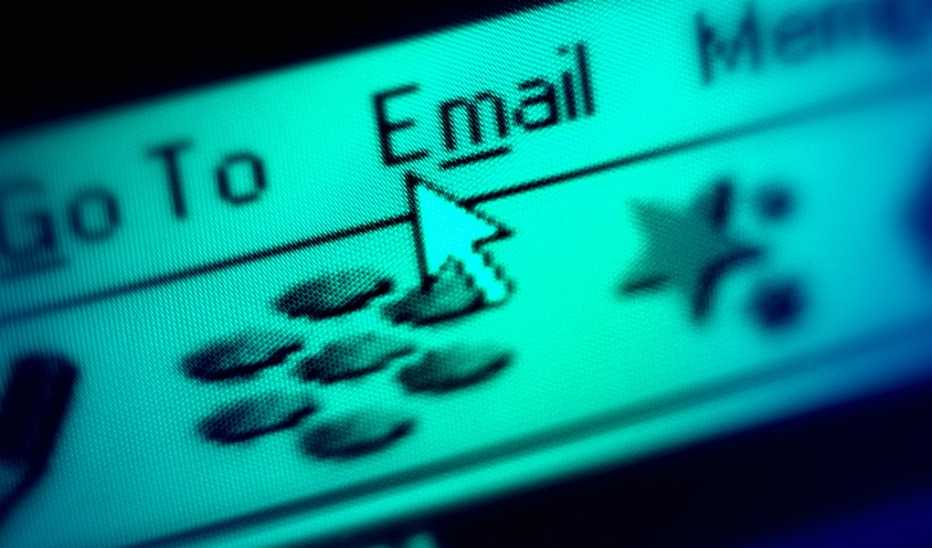Challenges


Quick Win
Designating email-free times can help boost your productivity and mood.
Try This Today
- Set a schedule. Designate certain times for checking your inbox and answering emails. This lets you run your email situation rather than letting it run you. Turn off email alerts outside your chosen hours.
- Tell others your schedule. Ask people to respect your boundaries. You could do this by adding a line to your email signature. For example, it might state, “I check email Monday-Friday between 8 a.m. and 4 p.m.”
- Designate a screen-free time. During these hours, you will not be connected to your email or messengers, no matter what. That may just be lunch time or an entire afternoon, depending on your schedule. You might need to turn off your devices during this time, or at least put them on the Silent/Do Not Disturb settings.
- Take an email vacation. Pick a day, perhaps on the weekend, whe you don’t check your email at all. During the workweek, disconnecting for a half-day can allow you to focus deeply on a project or simply be more present.
- Don’t look at emails on your phone. If you can’t stop checking your phone, put it where you can’t easily reach it. Other options include putting your phone in airplane mode, which blocks internet access until you turn that mode off, or deleting your email app.
Why
The habit of checking your email, which tends to involve multitasking, can fragment your attention span and undermine productivity. The pressure to respond to messages may also harm your mood, as well as the frame of mind of the people around you. In a survey of 162 full-time working adults, ages 36-40, the more negative emotions an employee felt about checking work communications outside work hours, the worse that person’s general health. Those negative thoughts seeped into their spouses’ moods, according to the study published in 2019 in the Journal of Management. A study among more than 4,400 people between 40 and 59 in the Swedish Longitudinal Occupational Survey of Health showed a link between heavy email use and expectations of high availability and poor self-rated health, as reported in 2019 in the International Archives of Occupational and Environmental Health.










More From Staying Sharp
Spend Time With an Optimist
Make it a no-downers day
7 Truths About Music
The surprising ways that our brains respond to melodies and rhythmsDance Your Way to Better Brain Health
Dance combines physical exercise and mental stimulation, supporting your health as you age